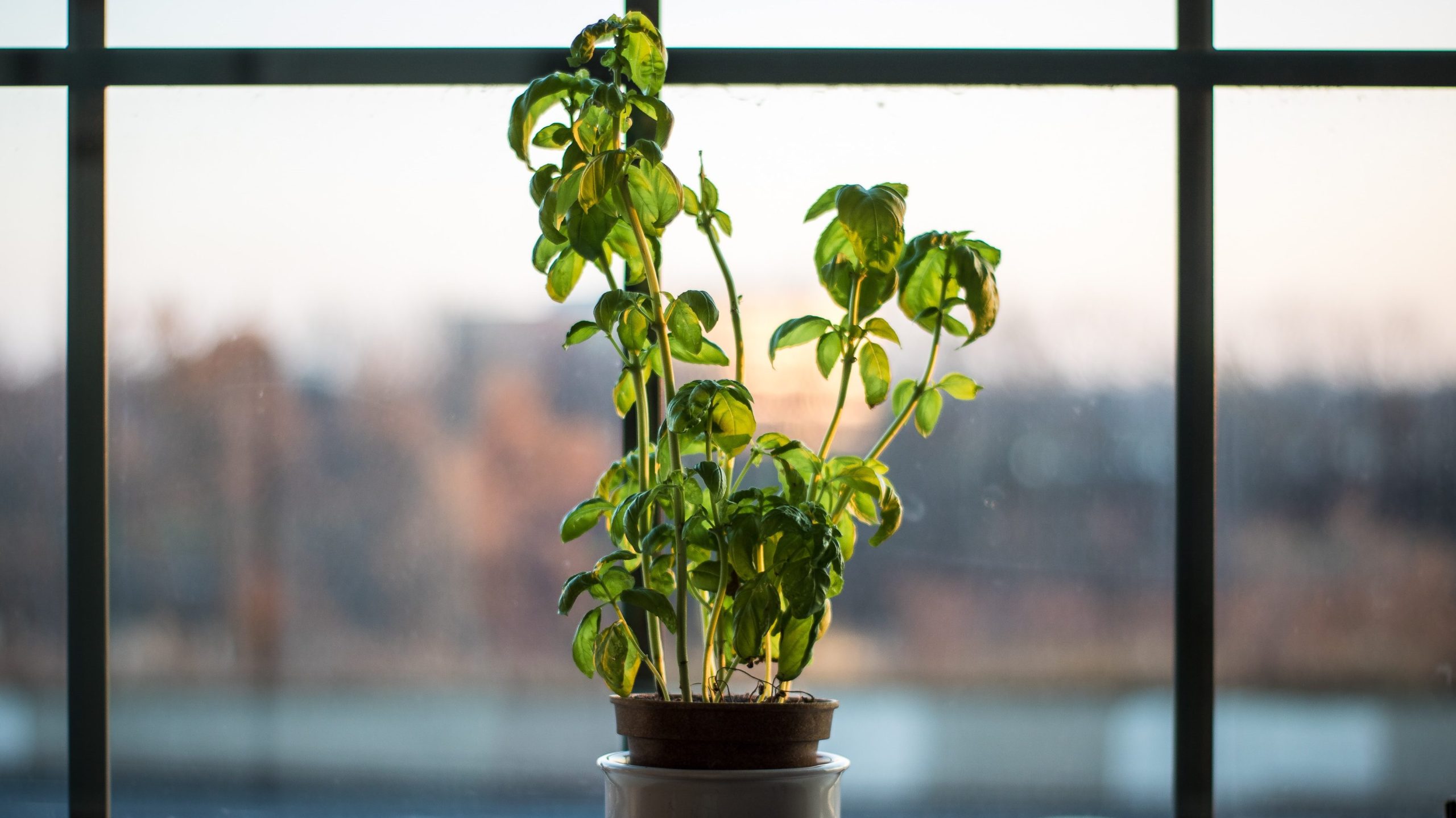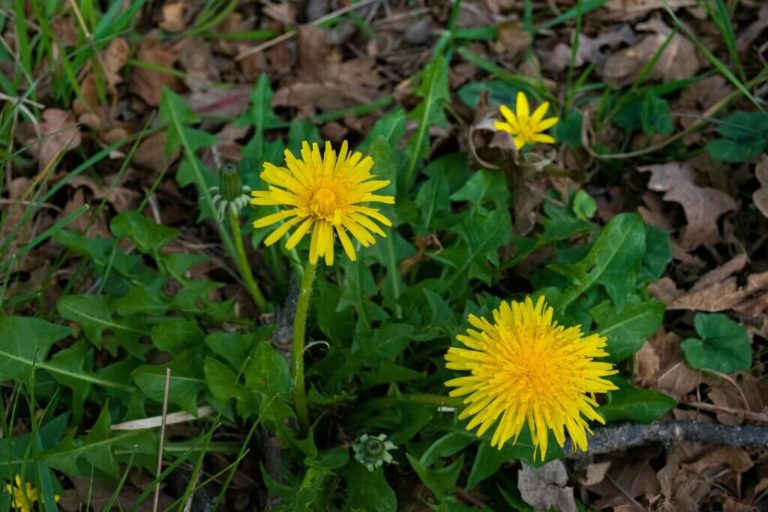Bring Outdoor Plants Inside for Winter

As the weather grows cold in late fall it’s time to bring outdoor plants inside for the winter. This is a key task for the survival of some plants.
Each step in the process from inspection to placement requires careful consideration to ensure they are warm, and no unwanted pests or diseases are brought along.
Which Plants Should Overwinter Indoors?
Identifying which plants need to be sheltered from the cold is the first step.
Tropical plants and those native to warmer climates are particularly susceptible to damage from low temperatures. Keep an eye out for signs of stress in plants as the weather cools, such as wilting, discoloration, or stunted growth, which can indicate that it is time to bring them inside.
Some herbs and vegetable plants can successfully be moved indoors too. Basil, parsley, chives, and even cilantro can be moved indoors if they are not flowering and a manageable size.
Vegetables such as peppers, radishes, carrots, green onions, leafy greens, and even cherry tomatoes can be moved indoors if they are in containers. As with any plant moving indoors, size is a consideration.
But moving plants indoors isn’t as simple as picking them up and placing them in a sunny spot by the window. They need to acclimate to the lower light and humidity levels they’ll experience inside. This might mean placing them in a shaded area for a week or so before the big move.
Pruning is also essential; it not only keeps the plant looking tidy but also helps it focus its energy on staying healthy.
Cleaning the leaves and checking thoroughly for pests is a critical step—neglecting this can turn your home into a haven for unwanted critters.
According to the University of Minnesota Extension, “Aphids, mealybugs, white flies and other pests aren’t usually a problem when potted indoor plants are outside. But they can quickly turn into a major infestation during the winter if they are brought inside with the plants.”
Preventing Pests and Diseases from Entering Your Home
Before you bring outdoor plants indoors, a thorough inspection is essential. Check for visible pests or signs of disease on leaves, stems, and soil. The undersides of leaves and leaf-stem junctions are common pest hideouts.
Signs of infestation or disease might include unusual signs like bugs, spider webs, egg clusters, or even subtle symptoms like spots or sticky residues.
If the weather permits, wash plants with water and dishwashing soap before they are moved inside. At the very least, spray them with water to remove outdoor dust and soft bodied insects from the leaves. Allow some soapy water to get into the soil as this helps kill any pests living there.
If you’re introducing new plants or are unsure about any, it’s wise to quarantine them for a few weeks. During this time, observe them for signs of pest activity or disease. This isolates potential issues without spreading to other indoor plants.
Dealing With Pests and Diseases
Yet, even with rigorous checks, pests or diseases might sneak in.
Check for signs of pests or diseases at each watering. If you notice anything out of the ordinary, proper identification is important and isolation is warranted.
For pests, successful treatment is often as easy as washing the insects away with water. Sometimes wiping with a cotton swab is all that’s needed.
The key is to be persistent and quell their numbers before they multiply. As a last resort, you always have the option to use an insecticidal spray.
For diseases, it’s important to pinpoint the issue. Often, simple care adjustments can alleviate problems.
To prevent spread, do not overcrowd plants. Give them good air circulation and avoid overwatering. Regular monitoring will allow you to catch issues early.
If pests or disease becomes an issue when you bring outdoor plants inside, you may need to isolate the problem plants to prevent the spread to other healthy plants.
Choosing the Right Indoor Location

Once pests are under control, focus on finding the perfect indoor spot. Plants have varied light needs, so match these with their natural habitat as closely as possible.
While some need bright, indirect light, others can manage in dimmer conditions. Keep in mind that indoor lighting is lower in intensity than natural outdoor light.
Be mindful of temperature fluctuations, especially near windows, drafty spots, or heating sources. Sudden fluctuations can stress plants. In the dry winter months, I sometimes use a humidifier or place water trays near plants to boost humidity levels.
Aesthetically, group plants by light and water needs. This makes care more efficient and creates a visually pleasing setup with varied heights and textures.
When you bring outdoor plants inside in winter, care differs from summer. Watering needs often decrease as the plant’s growth slows. Overwatering during this period can lead to root rot and other issues.
Fertilizing in winter is often unnecessary. Since plants are not actively growing during this time, they don’t require as much nutrition. I usually hold off on fertilizing until I see signs of new growth in spring.
Constantly monitor your plants. Signs like yellowing or drooping leaves can indicate issues like inadequate light or water problems. Address these promptly to keep your plants thriving.
Preparing for the Return to the Outdoors
As spring nears, it’s time to think about moving plants back outside. This gradual process involves exposing them to the outside environment for a few hours each day, increasing their exposure to sunlight and temperatures.
Wait until there’s no frost risk and nighttime temperatures stay consistently above 50°F (10°C) before moving plants outside permanently. Observe their response during acclimation to gauge readiness.
Bringing potted plants indoors for winter might seem like a daunting task, but with a little preparation and care, it’s a rewarding endeavor. Not only does it protect your plants, but it also brings a bit of nature’s serenity into your home during the colder months.
Kim Nelson is a Master Gardener and was introduced to gardening as a young girl by her parents and grandmother.







3 Comments
Comments are closed.